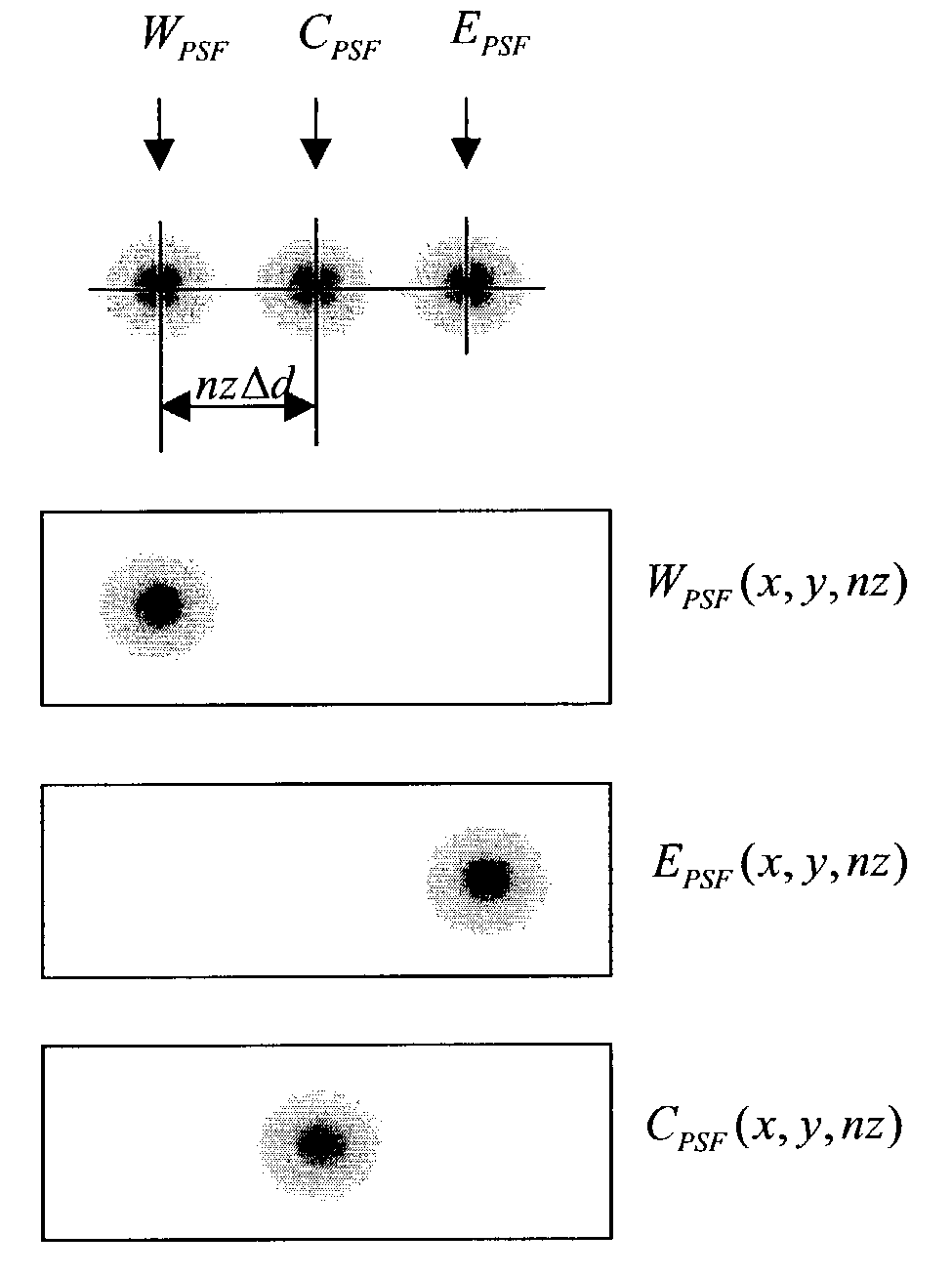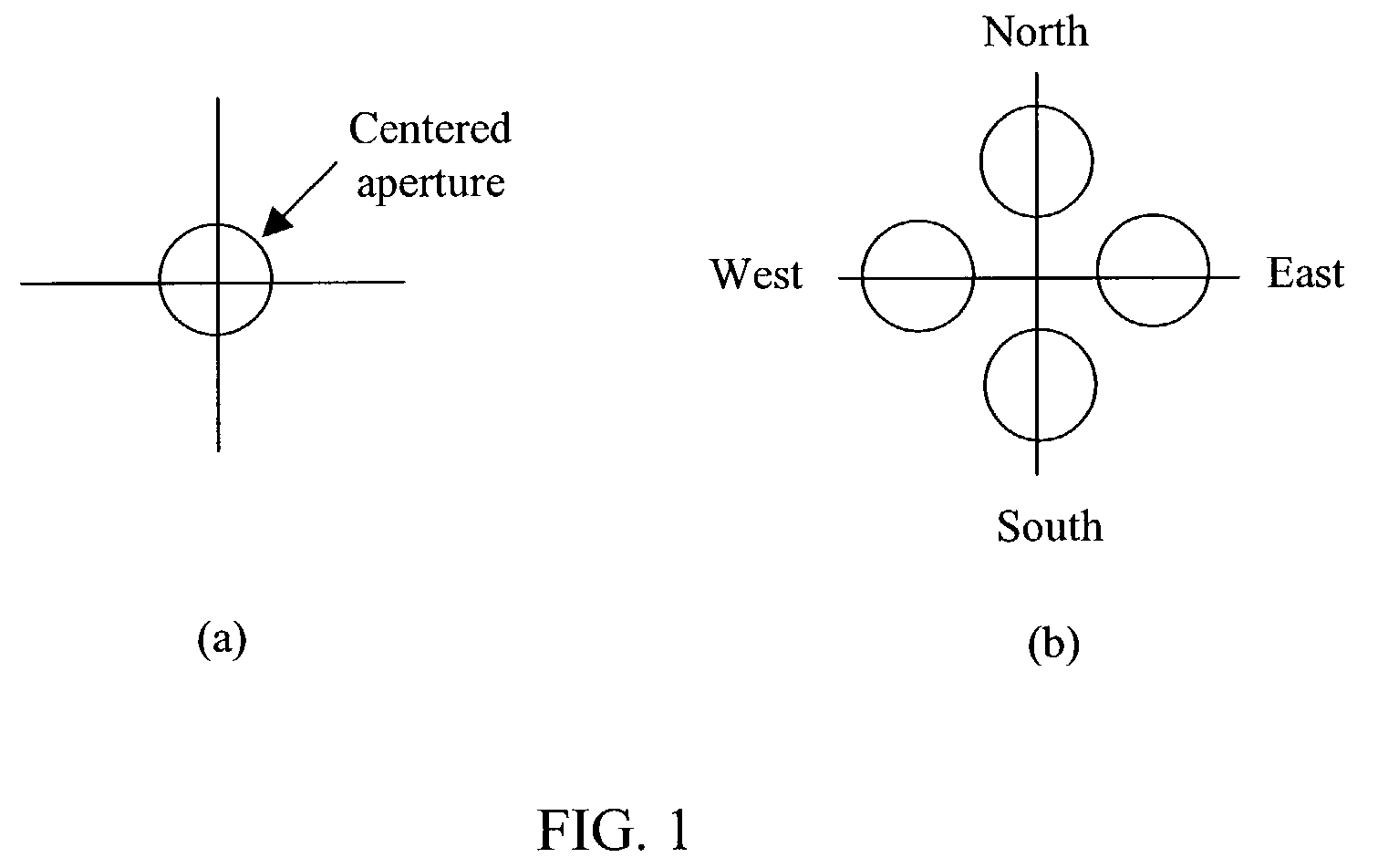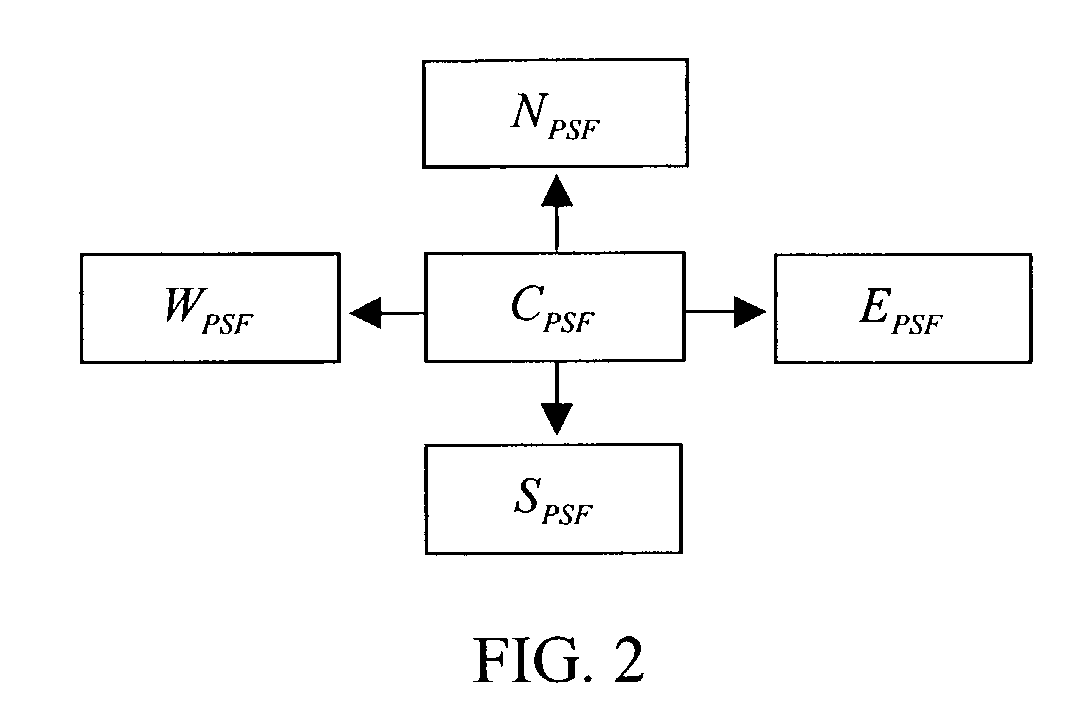Apparatus and method for three dimensional image reconstruction
a three-dimensional image and image reconstruction technology, applied in image enhancement, image analysis, instruments, etc., can solve the problems of reducing the image acquisition efficiency of the specimen, unable to distinguish between structures, and unable to provide high resolution and high depth of field. , to achieve the effect of reducing the effect of photobleaching and phototoxicity, and reducing the effect of motion
- Summary
- Abstract
- Description
- Claims
- Application Information
AI Technical Summary
Benefits of technology
Problems solved by technology
Method used
Image
Examples
implementation examples
I. Example of One Implementation
[0077]A more detailed description of an algorithm of an embodiment of the present invention is now provided. The algorithm of this embodiment is composed of four main parts: obtaining PSF; optical sectioning; deconvolution; and 3D image displays. The following example uses four directional images. The off-axis apertures are identical in shape to the centered aperture. They are located at equal distance from the axis and space 90 degrees apart in angular direction as shown in FIG. 1.
A. Obtaining Point Spread Function
[0078]PSF can be obtained using sub-resolution micro-beads. The micro-bead images for the centered and directional apertures are CBEAD, SBEAD, NBEAD, WBEAD, and EBEAD, respectively. For ease of visualization and manipulation, the centered and direction micro-bead images can each given a different color and assembled together into one color image to evaluate the shift of the peak of the PSF. As an example of one micro-bead, FIG. 3 shows the ...
PUM
 Login to View More
Login to View More Abstract
Description
Claims
Application Information
 Login to View More
Login to View More - R&D
- Intellectual Property
- Life Sciences
- Materials
- Tech Scout
- Unparalleled Data Quality
- Higher Quality Content
- 60% Fewer Hallucinations
Browse by: Latest US Patents, China's latest patents, Technical Efficacy Thesaurus, Application Domain, Technology Topic, Popular Technical Reports.
© 2025 PatSnap. All rights reserved.Legal|Privacy policy|Modern Slavery Act Transparency Statement|Sitemap|About US| Contact US: help@patsnap.com



